Demand side platform (dsp)
Programmatic advertising. Never have two words excited and frightened so many in the marketing world. Everyone knows it’s the future of ad buying and selling, and we all nod our heads when it comes up in conversation, but let’s face it: most still secretly struggle to understand exactly what it is. Kargo is here to help with a series of posts explaining the technology, piece by piece. This installment introduces you to the Demand Side Platform, AKA DSP. Yes, another acronym to add to your three-letter word vocabulary.
Programmatic Advertising - A Brief Overview
To understand the role a DSP plays in ad buying we have to begin with what programmatic advertising is exactly. Simply put, programmatic advertising is a broad term that applies to technology that is used to automate the buying and selling of ads. Programmatic advertising automates everything from targeting audiences to transacting deals to optimizing campaigns, bringing new efficiencies to media selling and buying. It started primarily with digital display, but has grown to include DOOH, video, native, social, audio and connected TV placements. Most advertising today is done programmatically through real time bidding (RTB) and direct deals. By automating the entire buying and selling process, programmatic advertising has brought new efficiency to a process that used to involve pounds of paperwork and hours of human negotiation.
We won’t go into more detail about programmatic advertising here, but if you want to dig deeper, check out our Programmatic Advertising and Real Time Bidding pages.
How it works
What is a Demand Side Platform (DSP)
A Demand Side Platform (DSP) is a buying platform that enables advertisers and agencies to buy digital ad inventory across an array of publisher inventory offered via a Supply Side Platform (SSP). Examples of ad inventory include display, in-app, mobile web, search and in-stream video. Both DSPs and SSPs are integrated into multiple ad exchanges to create more buying and selling opportunities across the programmatic landscape.
Why They Matter
To really understand why the DSP is valuable, we have to understand the value of programmatic advertising.
Historically digital ads were bought and sold through a slow process of paperwork and human negotiations. DSPs enable advertisers today to purchase inventory directly via an automated process, which helps make that process cheaper and more efficient.
Purchasing programmatically enables advertisers to reach the right audience at the right time, gain access to a large array of inventory, and streamline the management of their campaigns. Without the DSP, advertisers would not be able to purchase programmatically
How Do They Actually Work?
DSPs allow advertisers to buy impressions across a wide range of publisher sites, all while targeting specific users based on contextual information, such as location and prior browsing behaviors.
Publishers utilize a Supply Side Platform (SSP) to make their inventory available through an ad exchange, the purpose of the DSP is to communicate with the SSP through the ad exchange and provide advertisers with all the information they need to purchase the inventory from a publisher. Often the price of the inventory is determined by an auction which is held in real-time and is known as real-time bidding (RTB). This eliminates the need to negotiate prices, as inventory is simply auctioned off to the highest bidder. The entire auction process takes place in the time it takes a user to load a webpage. Yes, that fast.
The DSP Advantage
Why Use a DSP?
Efficiency
The advantage utilizing a DSP is the ability to buy, serve and track ads using one central tool, which enables advertisers to optimize campaigns more easily as a result.
Targeting and Data
DSPs partner with third-party data providers to offer advertisers as much information as possible. This removes much of the guesswork around targeting your relevant audience and enables you to reach just the people you want at the times and in the places where they’re most likely to engage.
Inventory
DSPs have access to the major ad networks and then some. This means advertisers have access to a vast marketplace of inventory to suit every need and every budget.
Which DSP is Right for Me?
There are a number of DSPs in the programmatic world to choose from, and choosing one to work with can be overwhelming. Choosing one really depends on a few key factors, such as:
The type of data you require (first-party or third-party)
This is extremely important as the data you have at your fingertips will help you reach the right people at the right time, and help you understand just how to value a particular impression.
How many ad exchanges the DSP is plugged into
Advertisers should have a clear idea of the number of ad exchanges the DSP is plugged into as this can greatly affect reach.
Cost
Every advertiser has different budgets and goals and certain DSPs might meet yours better than others . Keep this in mind as you review DSP options.
Ease of Use
If you are new to programmatic advertising this is a factor to consider, as many DSP’s have clunky or confusing user interfaces which may require quite a bit of training before you can start purchasing.
DSPs bring advertisers access to more inventory than ever before and provide buying efficiencies that save time and money. Because they rely on data and real-time automation, they provide greater targeting accuracy, transaction transparency and ease of optimization. Kargo is directly integrated with today’s top DSPs, allowing advertisers to easily access leading mobile web publishers. Reach out to us now to start making them perform for you.
Suggested Articles
For more information regarding DSPs, please reference the following:



